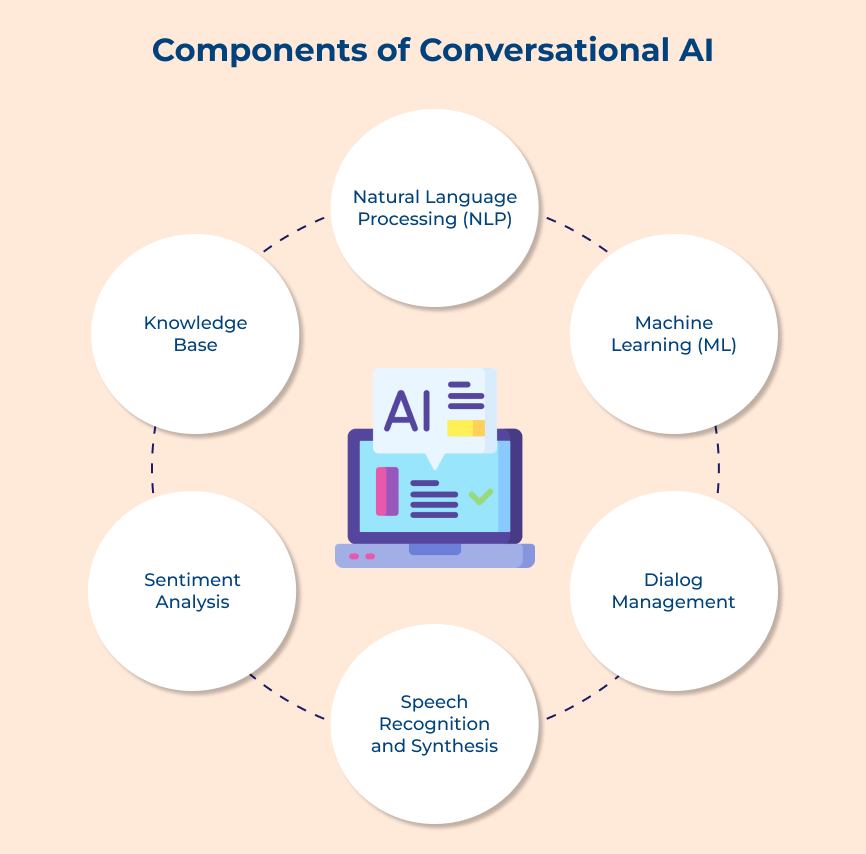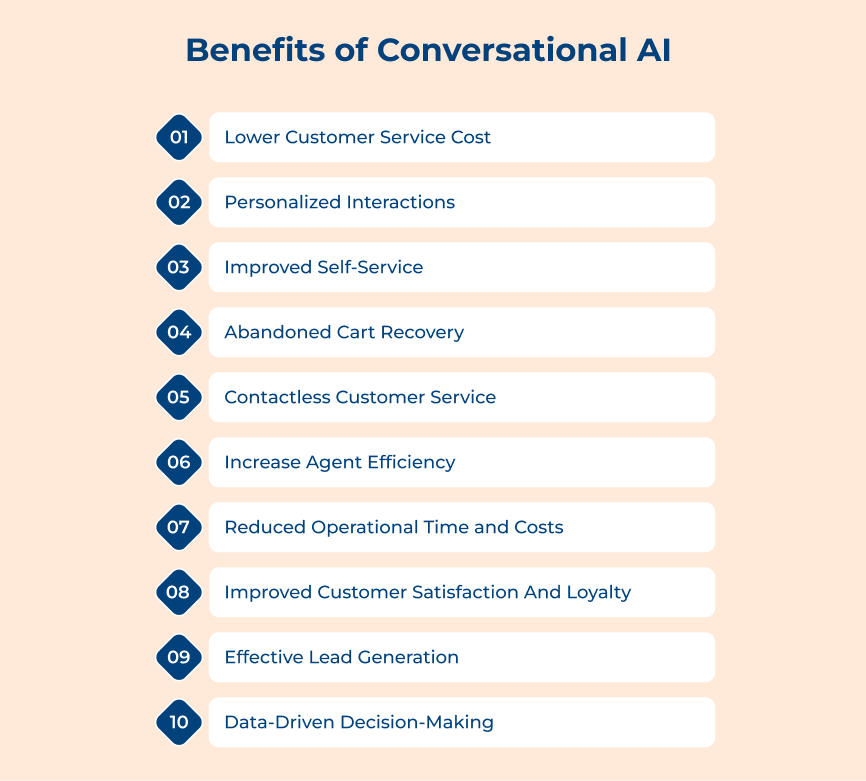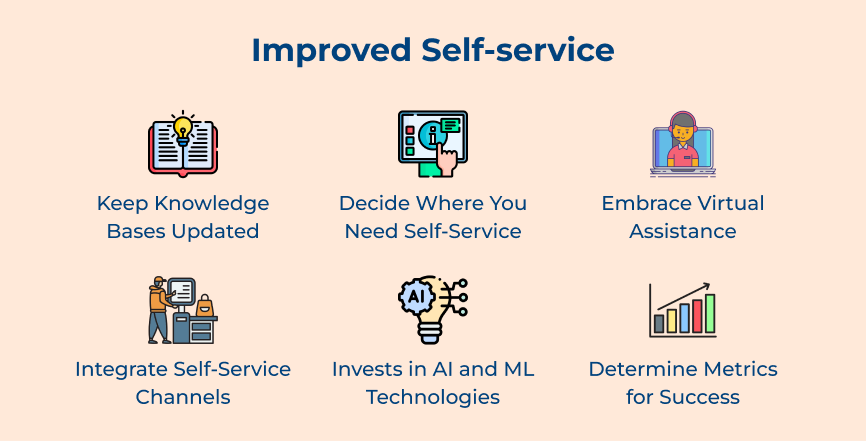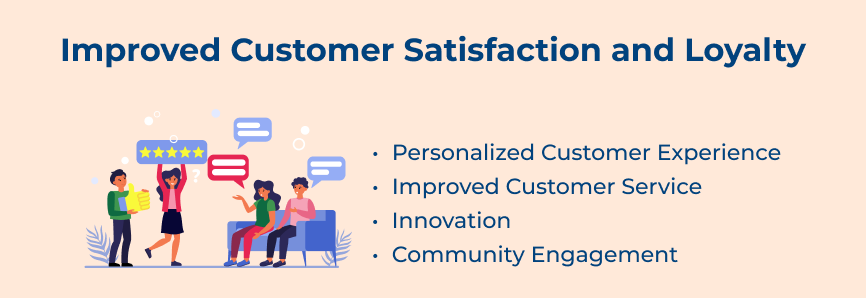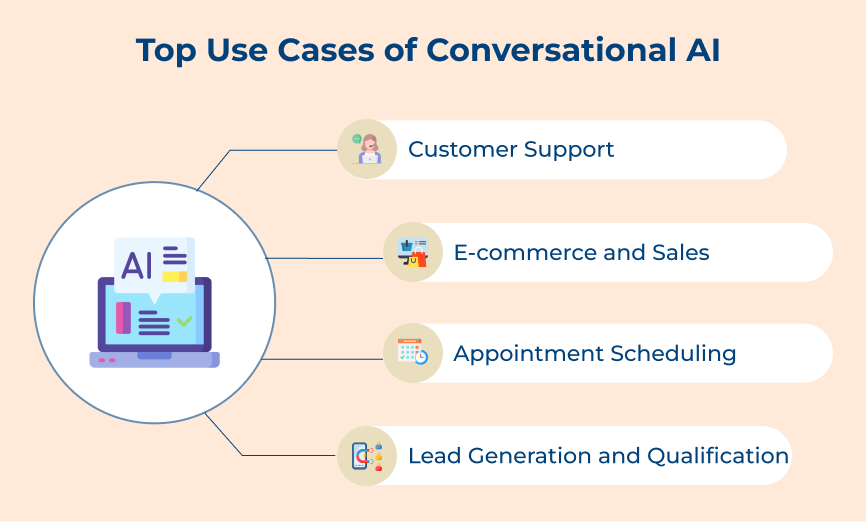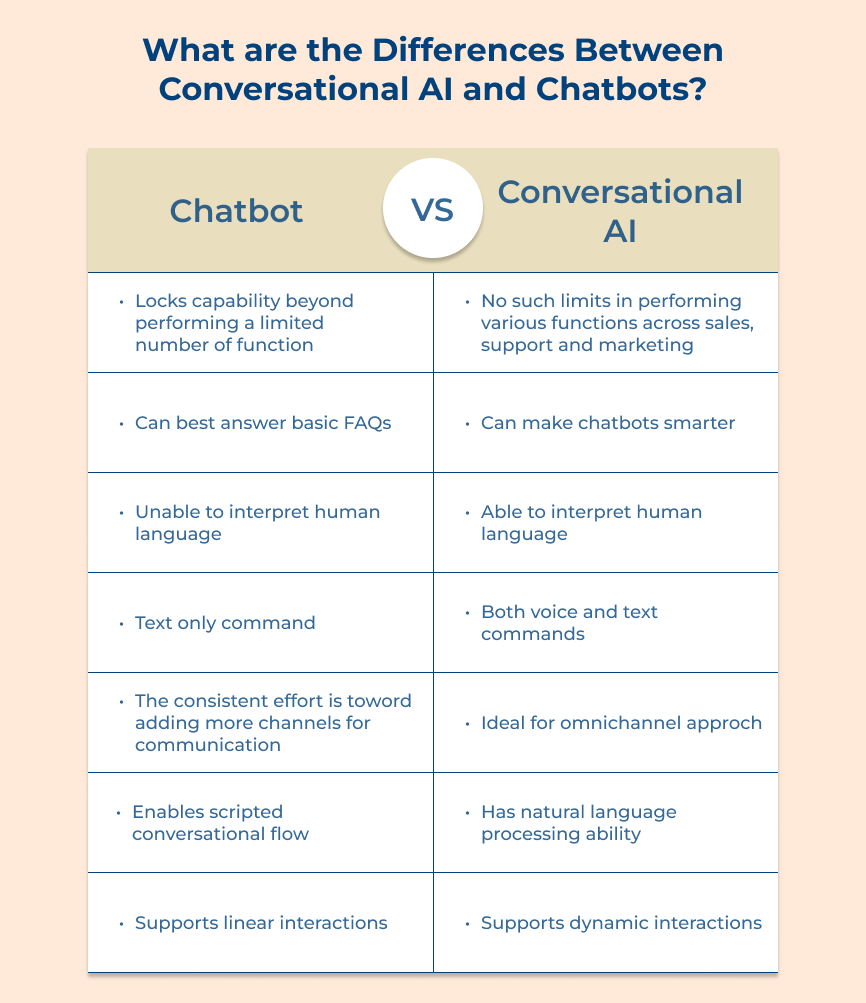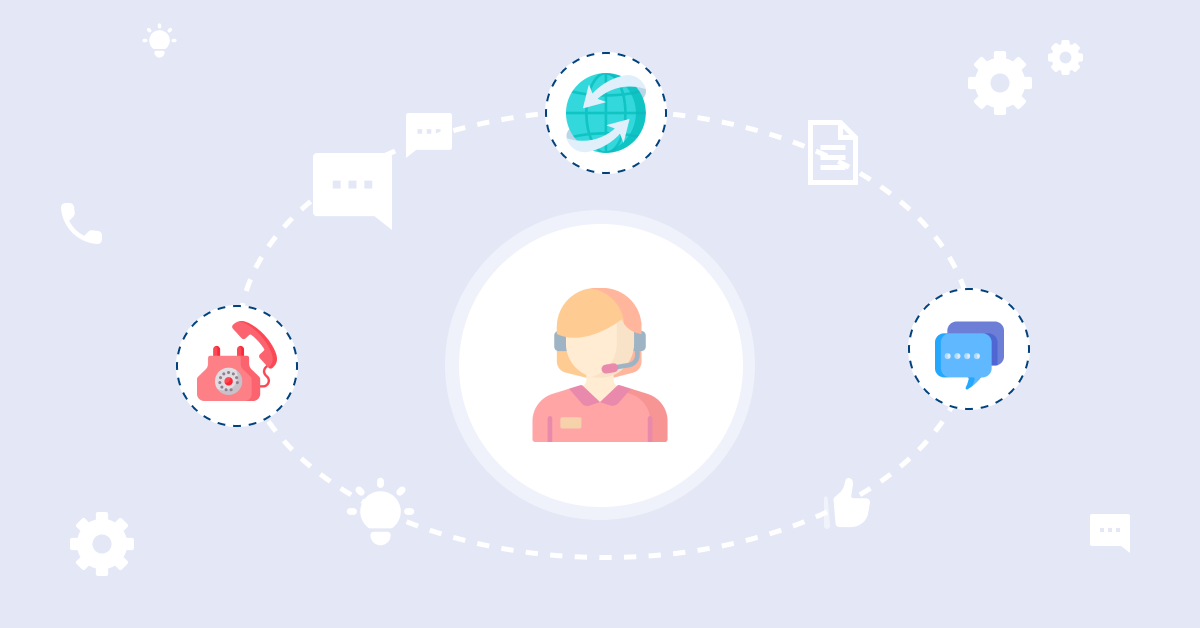An example of this benefit in action can be seen in the banking sector. The conversational AI-powered chatbots allow customers to perform transactions, check their account balances, and even request personal information updates seamlessly. It not only streamlines the customer experience but also frees up human resources for more complex tasks.
Actionable tips:
- Build a comprehensive knowledge base: Ensure the chatbot is equipped with accurate and up-to-date information to address a wide range of customer queries. Regularly update the knowledge base to account for any changes in products, services or policies.
- Design intuitive user interfaces: Keep the conversation natural and create logical flows to guide customers toward solutions. Integrate relevant visuals or interactive elements to make self-service more engaging.
4. Abandoned Cart Recovery
Abandoned carts have become a common phenomenon in the e-commerce industry. Customers browse through products and add them to their carts, but then abandon their purchase at the last minute. Abandoned cart recovery helps businesses to recapture lost sales and increase their revenue potential. Conversational AI enables businesses to automatically reach out to customers who abandoned their carts, remind them about the items left behind and provide incentives to complete the purchase.
Imagine a customer browsing an online clothing store. They add a few items to their cart but get distracted and leave the website. Without abandoned cart recovery, that potential sale would be lost. A conversational AI automated chatbot can send a personalized message to the customer, reminding them of their items and offering a discount or free shipping to encourage them to complete the purchase. It can result in a higher conversion rate and increased customer satisfaction
Actionable tips:
- Offer incentives: Provide incentives such as discounts, free shipping, or limited-time offers to entice customers to come back and complete their purchases.
- Timing is key: Send the abandoned cart recovery message within a reasonable timeframe after the cart abandonment. Too early, and the customer may feel overwhelmed. Too late, and they may have already made their purchase elsewhere.
5. Contactless Customer Service
Contactless customer service provides convenience for customers who prefer self-service options and instant responses. Conversational AI enables customers can find answers to their questions 24/7, eliminating the need to wait for a human agent’s availability. Companies can increase efficiency and reduce the need for a large customer support team by automating routine tasks.
An example of the benefit of contactless customer service is seen in the banking industry. Customers can use chatbots to check their account balance, transfer funds, or get information about loan options, all without the need to visit a physical branch. The instant and contactless access to information streamlines the customer journey and saves time for both parties.
Actionable tips:
- Personalize the experience: Tailor the chatbot’s responses to match the brand’s tone and voice, ensuring a personalized conversation.
- Offer seamless escalation: If the customer’s query cannot be resolved by the chatbot, ensure a smooth transition to a human agent to provide a personalized touch and avoid customer frustration.
6. Increase Agent Efficiency
Increasing agent efficiency refers to the ability of conversational AI to automate routine tasks, enabling agents to focus on more complex and high-value customer interactions. Automating repetitive tasks such as answering frequently asked questions or providing basic information frees up agent time, allowing them to handle more complex inquiries or support multiple customers simultaneously.
An example of a particular conversational AI benefit in action is a customer service chatbot integrated into an e-commerce website. The chatbot can efficiently handle common customer queries related to order status, shipping information, or return policies, while agents are available for more complex inquiries. The automation reduces the workload on agents, resulting in faster resolution times and improved customer experience.
Actionable tips:
- Seamless handoff to agents: Design the conversational AI system to seamlessly transfer complex queries to human agents when necessary. Clear protocols should be established to ensure a smooth transition and avoid customer frustration.
- Continuous training for agents: The agents must stay updated with the latest features and capabilities. Regular training sessions and workshops should be conducted to equip agents with the skills needed to maximize efficiency.
B. For the Enterprise Industry
Conversational AI benefits for the enterprise industry are plenty. Let’s discuss them to understand why it is becoming an essential tool for businesses in the enterprise industry:
7. Reduced Operational Time and Costs
Conversational AI automates various tasks and processes that were traditionally carried out manually by employees. It can handle repetitive inquiries, provide instant responses and efficiently route queries to the appropriate departments. The need for human intervention in routine tasks is eliminated, saving resources for the organization.
The reduction in operational costs is crucial for businesses aiming to achieve operational efficiency and cost-effectiveness. Companies can leverage their workforce for more valuable activities by freeing up employees from mundane and repetitive tasks. Automated responses ensure consistent and timely customer service, enhancing customer satisfaction.
Actionable tips:
- AI algorithm customization: Customize the conversational AI system to align with the business needs and processes. It will ensure that the chatbot handles inquiries specific to the industry efficiently.
- Update and analyze: Continuously update and improve the chatbot’s knowledge base. Providing accurate and up-to-date information minimizes the chances of mistakes.
8. Improved Customer Satisfaction and Loyalty
Conversational AI platforms such as chatbots and virtual assistants, provide accurate responses to customer queries, ensuring that their needs are promptly addressed. It leads to increased customer satisfaction as it eliminates frustrating waiting times and improves communication efficiency. Satisfied customers are more likely to become loyal patrons and advocates, which directly impacts a company’s bottom line.






